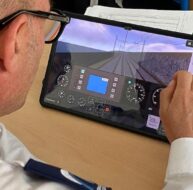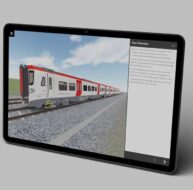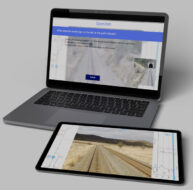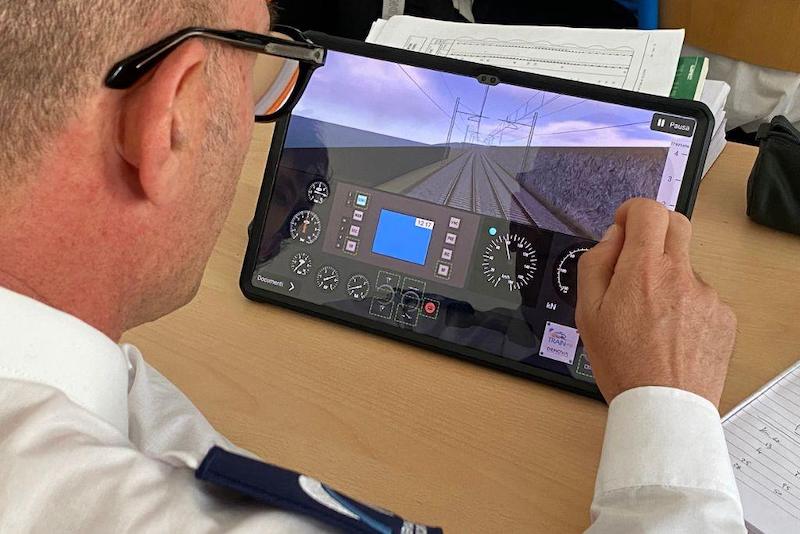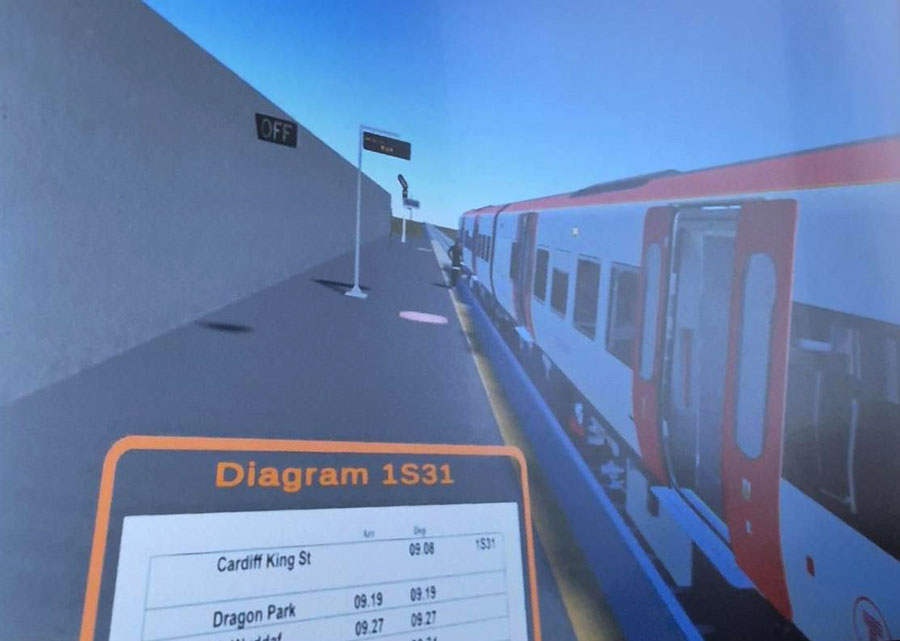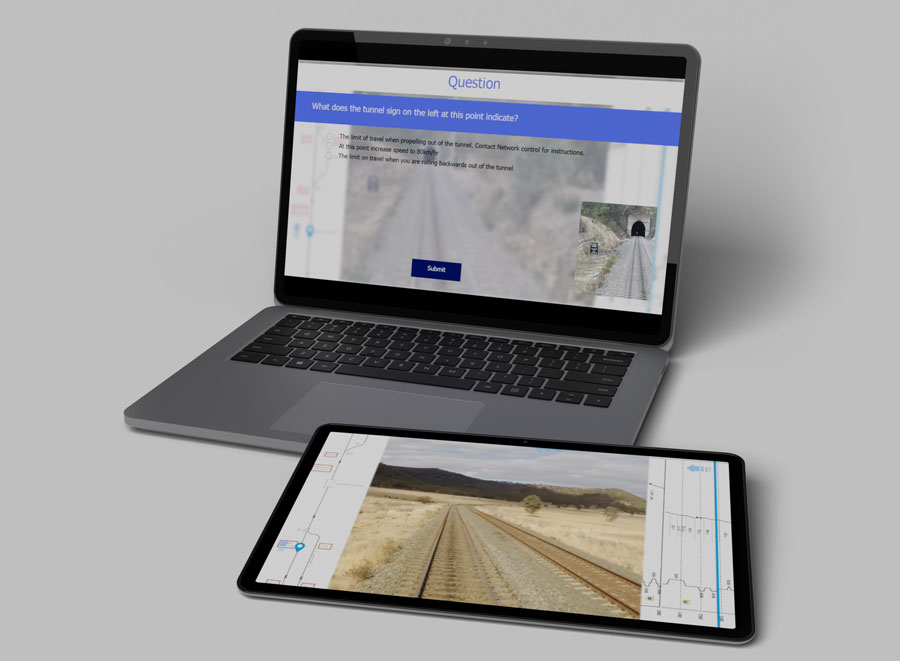Can the lessons of Olympic Cycling help accelerate Driver Training across Australasia?
They broke down everything you could think of that goes into riding a bike, and then improved each by 1%.
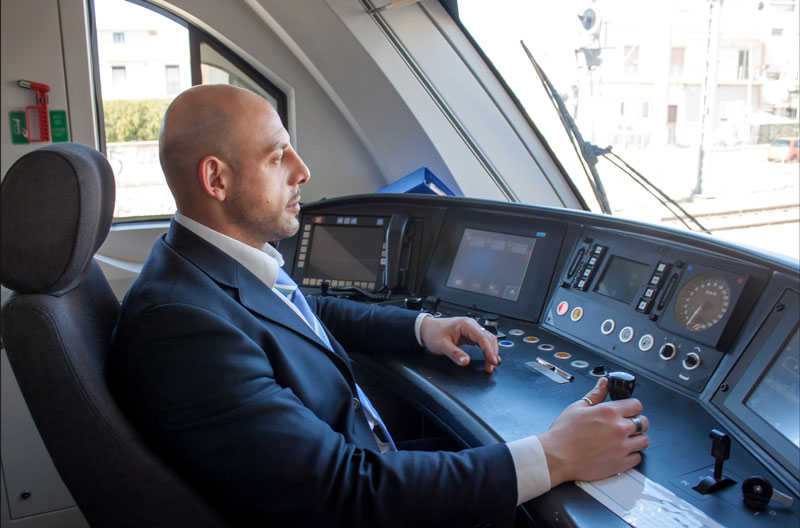
Aggregation of marginal gains was a concept developed in Olympic cycling by Sir Dave Brailsford in the early 2000’s. His idea was that if you broke down everything you could think of that goes into riding a bike, and then improved each by 1%, you will get a significant performance increase when you put them all together. It worked, taking the GB cycling team from two gold medals in the 2004 Olympics to world dominance and 7 in 2008 and 8 in 2012.
Brailsford and his team did this by making many small adjustments to everything that might conceivably affect performance, from researching the best racing wear to teaching the cyclists how to wash their hands properly to avoid catching cold. They looked everywhere to build incremental improvements and as each accumulated the success followed.
Finding 1% improvements in rail training will tackle different areas than in the high precision world of Olympic cycling however the question remains- could the aggregation of marginal gains help the rail industry accelerate driver training without any compromise on safety and standards? While the development of enhanced uniforms may not help, there are certainly lessons to be learned from the process.
Repeated practise using accurate simulation allows drivers to develop their ability to make better informed decisions in normal, degraded and extraordinary driving procedures. The more they practise the better the responses should be, but that’s only if they are practising a procedure that delivers the desired learning outcome.
A blended training approach including classroom sessions and an increased use of procedural simulators will deliver the multiple combined gains needed to accelerate driver training programmes without compromising on safety and quality.
Full-cab and desktop simulators are an essential part in the driver training process, however it is the application of repetitive practise on easily distributed tablet simulators that will deliver the incremental improvements required to accelerate the driver training process.
Assessment on a full-cab simulator is the culmination of a driver’s previous training and practise. If we make incremental improvements in the frequency and quality of the driver’s practise, set against agreed learning outcomes, we will start to see comparable improvements in performance to those experienced by Brailsford and his team; however, as with the cyclists, there is more than one contributing factor before the goal is realised.
We need to look at
- The training design- what procedures do existing or trainee drivers really need to practise. What’s ancillary to purpose? What are the desired learning outcomes?
- How can we train larger numbers of drivers simultaneously? How do we avoid bottlenecks? How do we manage and ensure the easy distribution of essential practice simulation?
- How can we better prepare trainee drivers for formal assessment on full-cab simulators?
Tablet simulators are the catalyst that enable the incremental percentage improvements required to improve and accelerate driving training. Their focus on degraded and emergency procedures tackle skills fade and maintain competencies. While the full-cab simulator may be the bike, Simulator Apps are what keep it moving.

